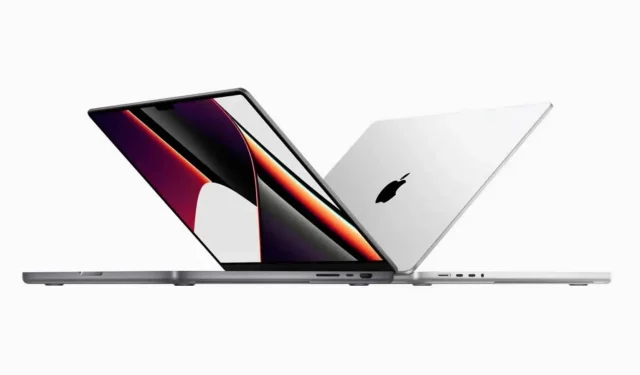Just like Windows, Macs use a cache. And like Windows, this one can be very large. Here’s how to clean it up.
When you launch an application or visit a website on your computer, it stores temporary data about that activity in a so-called cache. The goal is to speed up the next launch of that application or site, but over time, all these files can become completely unnecessary.
These files may also be corrupted. Be aware that this can cause problems when you try to open an app or access a website. The page may not load correctly. There are many other reasons why an app or site might not load properly, but a quick and easy action you can take is to clear your computer’s cache. It can also free up space on the machine’s storage, and if you’ve used your machine for years without clearing that cache, you can recover a few gigabits with all the files you need to delete.
That being said, before proceeding, be aware that, unlike clearing your browser’s cache, which is often well isolated and restricted to your browser, your browser’s cache may contain important or even critical files for your Mac to function well. Removing some of these files may lead to errors. Make sure you are completely sure that you want to delete these files.
Before proceeding
Before performing any action on the system, it is always recommended to back up your data. So, in case you delete something you shouldn’t have deleted and your computer no longer works properly, having the most recent backup will restore the system.
Clear system cache in macOS
- Open Finder, press Shift + Cmd + G and type “/Library/Caches”(without quotes).
- Click Go.
- Find the folders/files you want to delete and delete them.
- Don’t forget to empty your trash when you’re done.
Clear App Cache in macOS
Unlike deleting the system cache, which can damage your system, deleting the app cache is less risky. This is because these are only files created by the applications you use, and clearing the cache can help you fix some applications that may not work properly.
It’s also a good method of freeing up disk space, especially if you’re working with high-definition files or playing a lot of video games where game data you no longer need may just be on your disk, doing nothing or little.
Even so, it’s a good idea to back up your files or make a copy of the folder and its contents before deleting it, in case you need to restore it.
- Open Finder, press Shift + Cmd + G and type “~/Library/Caches”(without quotes, but with ~, this is important).
- Click Go.
- Find the folders/files you want to delete and delete them.
- Don’t forget to empty your trash when you’re done.
Use third-party apps to clear the cache
If you’re not comfortable deleting your computer’s cache manually and don’t want to risk deleting a file that’s important to the machine, there are a few alternatives to consider.
Among them are the CleanMyMac X and Avast Cleanup applications. These are two tools that can allow you to clear your Mac’s cache, but these apps also have many other very useful features such as malware detection, easy app removal, better privacy, optimization, various operating systems, etc. This is a good option. if you want to take advantage of such additional features.


